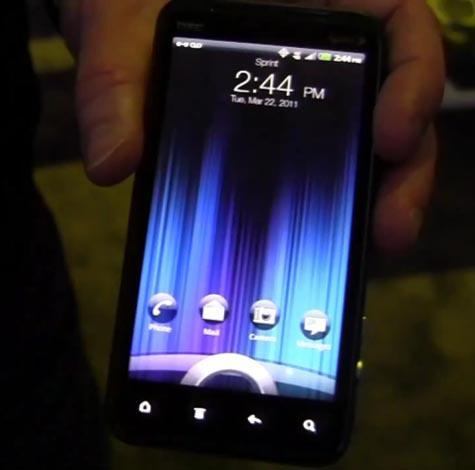
The success or failure of a mobile operating system (or of anything, really) comes down to several different factors. A mobile OS won’t fail because of one feature or one missing feature, and it won’t succeed based on one feature. It’s the whole picture, put together on a nice and alluring package that draws in new customers, and propels a device and its manufacturer into the limelight. But, what if that package has a different skin wrapped around it? For HTC, LG, Motorola and Samsung, they want to sell you the Android package as best they can, but the only way they know how to do that (for the most part), is to give it to you with a user interface that’s been heavily modified when compared to the stock experience. Does that mean Android as a whole, on its own two feet, can’t compete against the competition?
When the original T-Mobile G1 by HTC launched, the standard Android experience was one that looked fresh, and needed several different areas polished up. But, considering Android was brand new, even some of the hardest reviewers out there gave it a pass, tallying it up to the fact that Google was new to the market, and that through subsequent updates the experience would get better. And, for all intents and purposes the experience did get better, but because of HTC. When the manufacturer launched the Hero, they also launched HTC Sense, and that user interface was enough to propel Android into the limelight. Thanks to HTC, Android had been polished in all the right places, and now had a user experience that people could be proud of.
And since that happened, other companies have jumped on the Android bandwagon for several different reasons. But, namely, due to the fact that they can customize Android as they see fit and as much as they want. That gives them the opportunity to try new things, and to push out their proprietary software whenever they see fit. LG and Samsung have done this with their own proprietary user interfaces, tacked onto Android to bolster the experience.
But what if HTC hadn’t come along and created Sense? What if HTC just kept releasing devices that featured the stock Android experience? What if LG, Motorola and Samsung didn’t create their own features either? As a whole, Android still has plenty of the same polishing points that Android used to have. But, there’s no doubt that the stock experience has come a long way from its inception. But, with very few stock Android devices available on the market, and even fewer of them coming down the pipe, does it show that Android can’t compete on its own merits?
If we look at the competition, we can see that custom user interfaces aren’t necessary. Research In Motion’s BlackBerry OS, HP’s webOS, Apple’s iOS, and Microsoft’s Windows Phone 7 are all the stock experience right out of the box, and succeed (or fail) based on that. There’s obviously some measure of success in each of these mobile operating systems, and while there are ways to tweak the user experience in each of the platforms (with the exception of Windows Phone 7 so far), this is not being done by the majority.
I’m a big fan of Android. I actually have been since the launch of the platform, and I’ve used it since its launch. But, I believe that Android needs to have more vanilla devices available on the market if we’re really going to talk about the success of Android. Right now, I think we’re talking about the success of HTC’s Sense UI or Samsung’s TouchWiz user interfaces. (Yes, the hardware plays a huge part, but that’s still the manufacturer and not Android.) But, what do you think? Do you care less about the user interface, just as long as it’s Android? Let me know in the comments below.